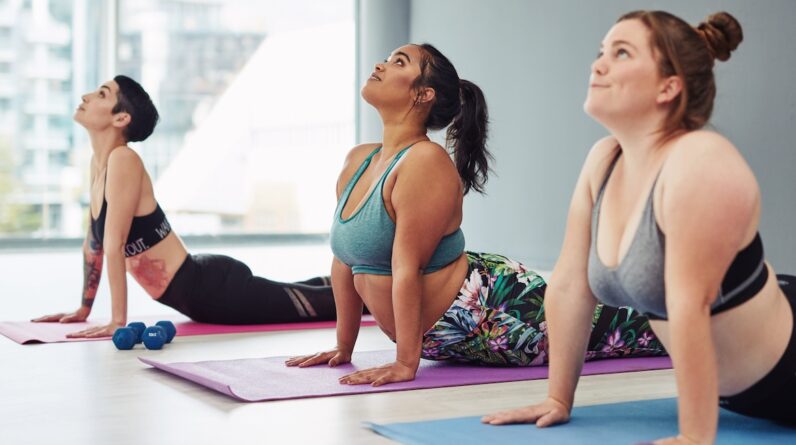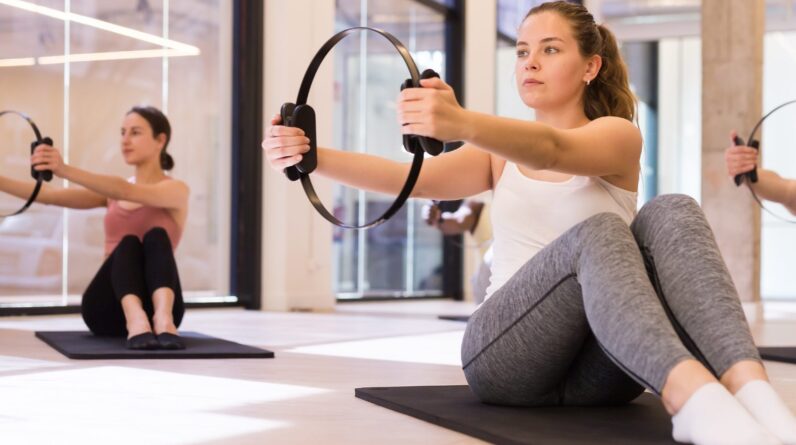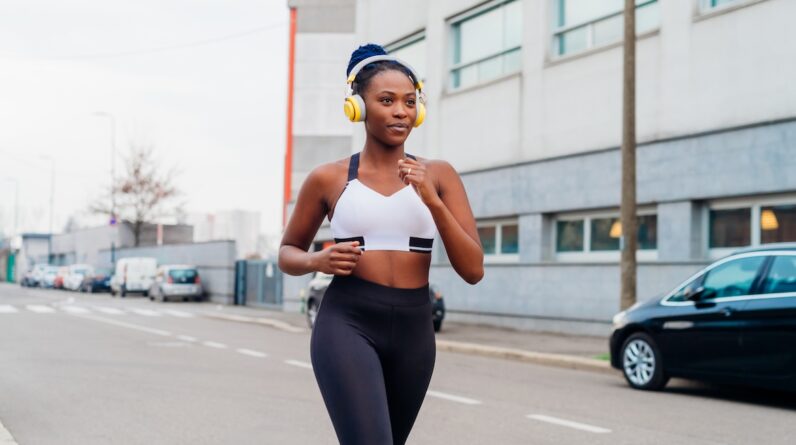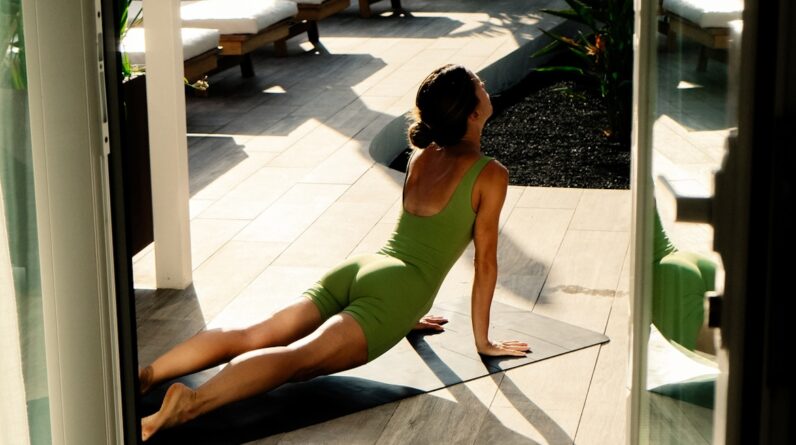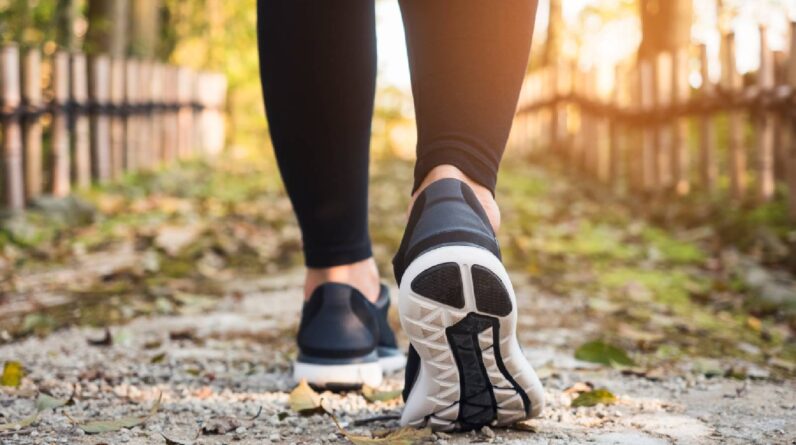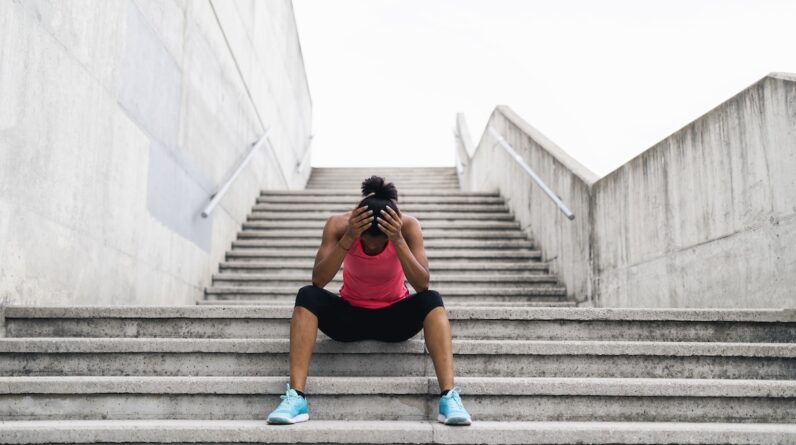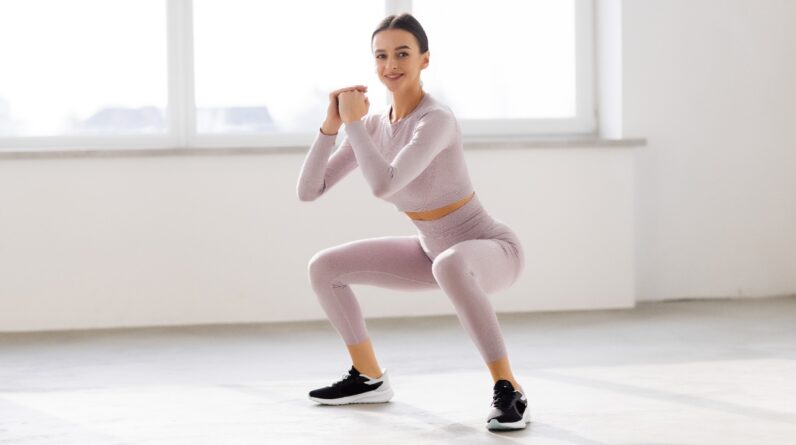
Squats are compound exercises that promise to burn calories, strengthen your core and build lower body muscle. Read to learn all the fitness benefits of squats and why you should perform this exercise.
When it comes to boosting lower body strength, nothing can beat squats! This exercise stands out as one of the most effective all-round compound movements for enhancing muscular strength in the lower body. Compound exercises, for those unfamiliar, engage multiple joints and muscle groups simultaneously, enhancing physical strength and functionality. Squats specifically target key areas such as the quadriceps, hamstrings, glutes, abdominals, and calves. Moreover, they engage core muscles. Incorporating squats into your workout routine can significantly improve overall fitness performance and mitigate the risk of injuries. For even greater benefits of squats, you may also perform different variations of squats.
Benefits of squats
Here are 10 reasons why you should perform squats regularly:
1. Builds strength and muscle mass
Squats primarily target the quadriceps, hamstrings, and glutes, but they also engage muscles in the core, back, and even the shoulders and arms. A study on comparison between the squat and deadlift for lower body strength published by the Journal of Human Kinetics found that squats involve several muscles of the lower and upper body. This helps build overall body strength and muscle mass.
2. Improves core strength
A strong core is crucial for balance, stability, and overall health. Squats engage the core muscles, including the rectus abdominis, obliques, and transverse abdominis, as they help stabilise the body during the movement. “Better core strength helps improve posture, reduce the risk of back pain, and increase overall fitness,” explains fitness expert Jashan Bhumkar.
3. Enhances flexibility
The constant movement in performing squat exercises, which involves bending and stretching the hips, knees, and ankles, helps improve flexibility over time. This increased range of motion can help prevent injuries, reduce muscle stiffness, and improve mobility. If you have a flexible body, it makes it easier to move around and perform tasks that require bending and lifting.
Also Read

4. Burns calories and aids weight loss
Squats are an excellent exercise for burning calories due to the large muscle groups they engage. The more muscle mass you build during an exercise, the more calories you burn. Additionally, building muscle through squats can boost metabolic rate, meaning you burn calories even when at rest. This makes squats an effective weight loss exercise.

5. Improves heart health
Engaging in squats can enhance blood flow throughout the body, which is beneficial for cardiovascular health. Better circulation helps deliver oxygen and nutrients to muscles and organs more efficiently. Additionally, because squats are a high-intensity exercise that elevates your heart rate, they can improve heart health and cardiovascular endurance over time, according to a study published by Scientific Reports.
6. Strengthens bones and joints
Weight-bearing exercises like squats are known to improve bone density, which is essential for preventing osteoporosis and maintaining strong bones as you age. “Squats also strengthen the ligaments and tendons around the knees and hips, providing better joint support and reducing the risk of injuries,” according to Bhumkar. Not only this, squats are also great for strengthening the spine.
Squats vs lunges: Which exercise is better for weight loss?
7. Promotes better posture
Good posture is vital for preventing pain and maintaining balance. Squats engage the core and back muscles, which are essential for maintaining the right posture. Regularly performing squats can help correct muscle imbalances and weaknesses that contribute to poor posture, leading to a more balanced body.
8. Balances hormones
Engaging in high-intensity exercises such as squats can stimulate the release of growth hormones and testosterone, which are crucial for muscle growth and overall physical development. This hormonal boost can enhance muscle repair, increase muscle mass, and improve overall strength and endurance.
9. Enhances balance
Apart from enhancing leg strength, squats are also known to promote balance and coordination. Squats work out your core muscles, which in turn help you maintain balance and mobility. This can also help improve posture, reducing the risk of falls and injury.

10. Supports good mood
Physical exercise, including squats, has been shown to have significant mental health benefits. It is because exercise releases endorphins, natural mood elevators, which are known to promote a happy mood. “Regular exercise can also help improve sleep quality and reduce the symptoms of stress,” says Bhumkar.
Variations of squats
Squats are a fundamental exercise that helps build lower body strength, and their variations target different muscles and offer unique benefits. Here are 7 different ways to perform squats for maximum benefits:
1. Jump squat
Start in a squat position, then jump as high as possible, landing softly back into a squat. It primarily works the quads, hamstrings, glutes, and calves, while also improving plyometric strength.
2. Goblet squat
Hold a dumbbell or kettlebell close to your chest while performing a squat. It targets the quads, glutes, hamstrings, and core. The weight in front helps you maintain an upright position, which is beneficial for beginners learning squat.
3. Sumo squat
With a wider stance and toes pointing outwards, the sumo squat targets the inner thighs and glutes more intensely than a standard squat. This variation helps improve hip flexibility and lower body strength.
4. Squat jacks
This variation includes a squat with a jumping jack, making it a great cardio exercise. Start with feet together, jump into a wide squat, then jump back to the starting position.
5. Pistol squat
The pistol squat involves squatting on one leg while the other leg is extended forward. It requires significant strength, balance, and flexibility, engaging the quads, hamstrings, glutes, and core.

6. Bodyweight squat
This is one of the most popular lower body exercises. It primarily targets the quads, hamstrings, glutes, and core, making it a staple in many workout routines.
Also, read: Bulgarian split squat: Tone your glutes with this exercise
7. Box squat
Box squats are performed by squatting down to a box or bench and then standing back up. This variation helps with proper squat depth and is particularly useful for improving technique and strength.


